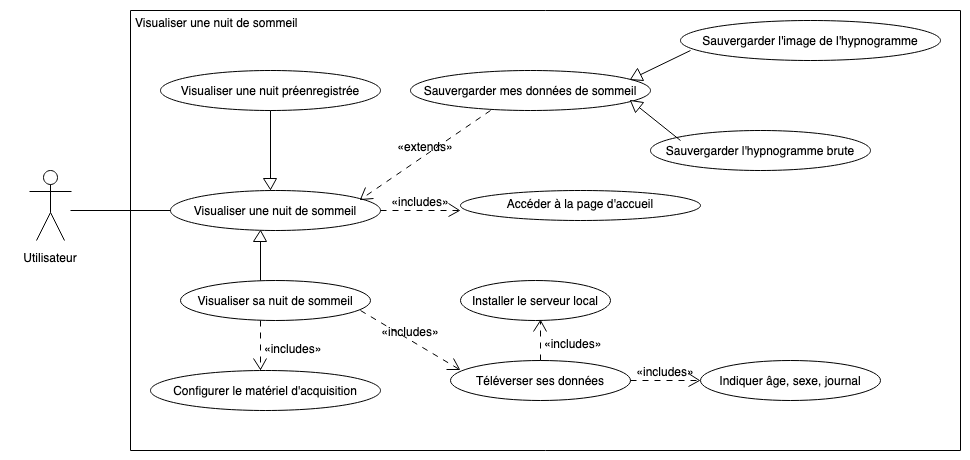-
Notifications
You must be signed in to change notification settings - Fork 3
Home
The initial reasons that led us to take an interest in sleep were the realization of the extreme popularity of sleep applications and their low reliability and accuracy. These are either unable to analyze sleep with accuracy or they simply give wrong results. Some mobile apps are problematic, as they often only use actigraphy and their sleep analysis algorithms are often kept under secret [A. Ong, A., & Gillespie, M ,. 2015]. So we started this project with the ambition to automatically classify sleep stages through a mobile application that uses electroencephalography (EEG). EEG is one of the most meaningful data to acquire in a polysomnography. We believe that by using EEG rather than actigraphy, we will be able to offer more reliable results than competing applications.
In addition, sleep analysis is a common practice in the medical community, as it can diagnose certain diseases such as epilepsy, sleep apnea, restless legs syndrome, etc. Electro- [encephalo, oculo, myo and cardio] -graphic signals are normally used to achieve this analysis. To do this, the signals recorded during sleep are usually cut into small 30-second pieces, called epochs, and a medical electrophysiologist classifies this set of 30-second signals as sleep stages. This practice is described in the American Academy of Sleep Medicine (AASM) for the scoring of sleep manual which is normally used by sleep technologist. This approach is obviously long, laborious, and prone to human error. We can also note a considerable disparity between the classifications made by different humans (the average approval rate between technicians being 82.6%) [Rosenberg and Van Hout, 2013]. In addition, sleep data acquisition is long and tedious, because so many electrodes must be applied.
Our approach is to analyze sleep by only looking at two EEG channels. It limits the number of electrodes to apply to only five (Fpz-Cz, Pz-Oz, driven ground on A2). Then, the automatic sleep scoring algorithm would provide accurate results in a matter of seconds.
In the first place, our schedule did not allow us to create a mobile application with all the features of the most famous apps. We therefore decided to redirect our efforts to a web application that will serve as a prototype. However, due to the rescheduling of the 2020 NTX Students Club Competition, we decided to start working on this app.
The following use case diagram explains how to proceed to the most central use case of our web app: visualize a sleep sequence that was recorded using an OpenBCI board.

Figure 1. Use case diagram for the web client.